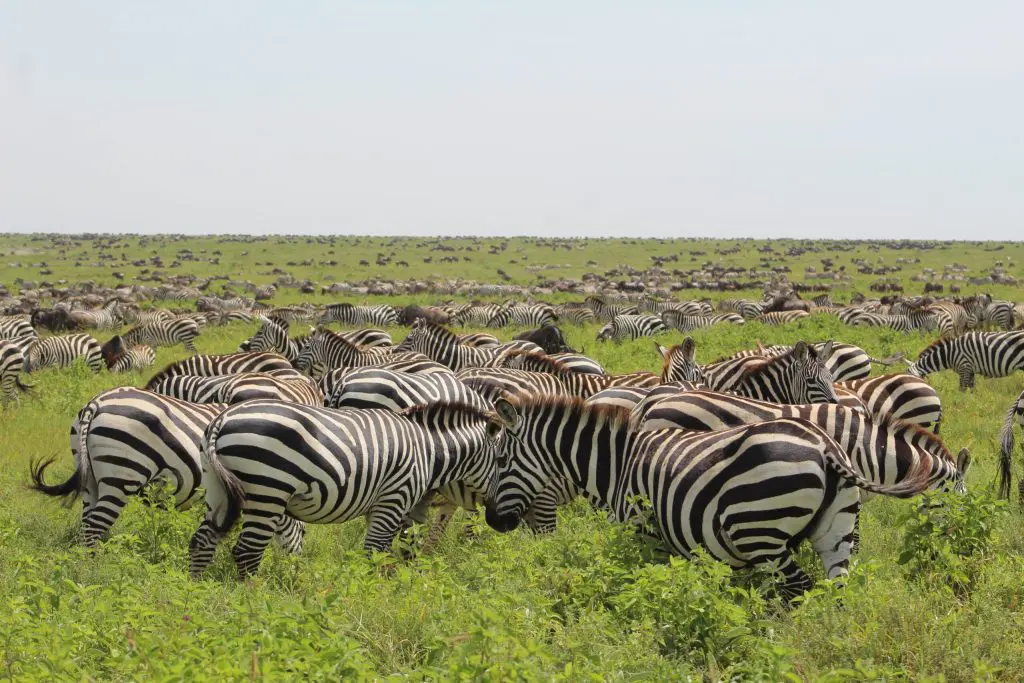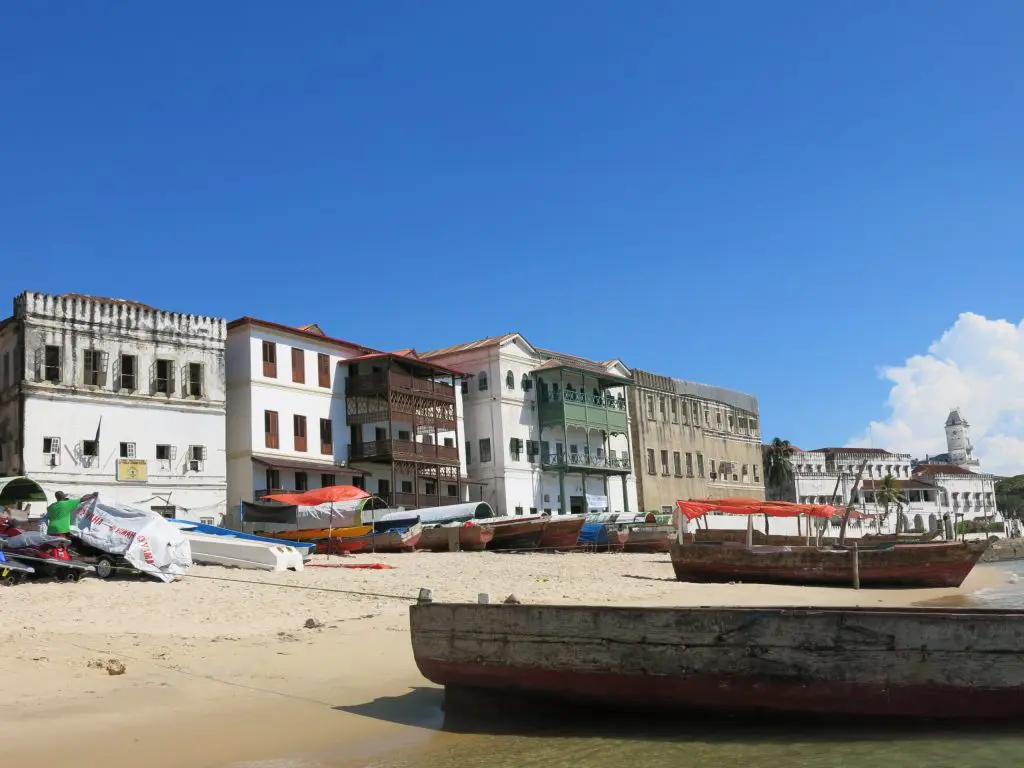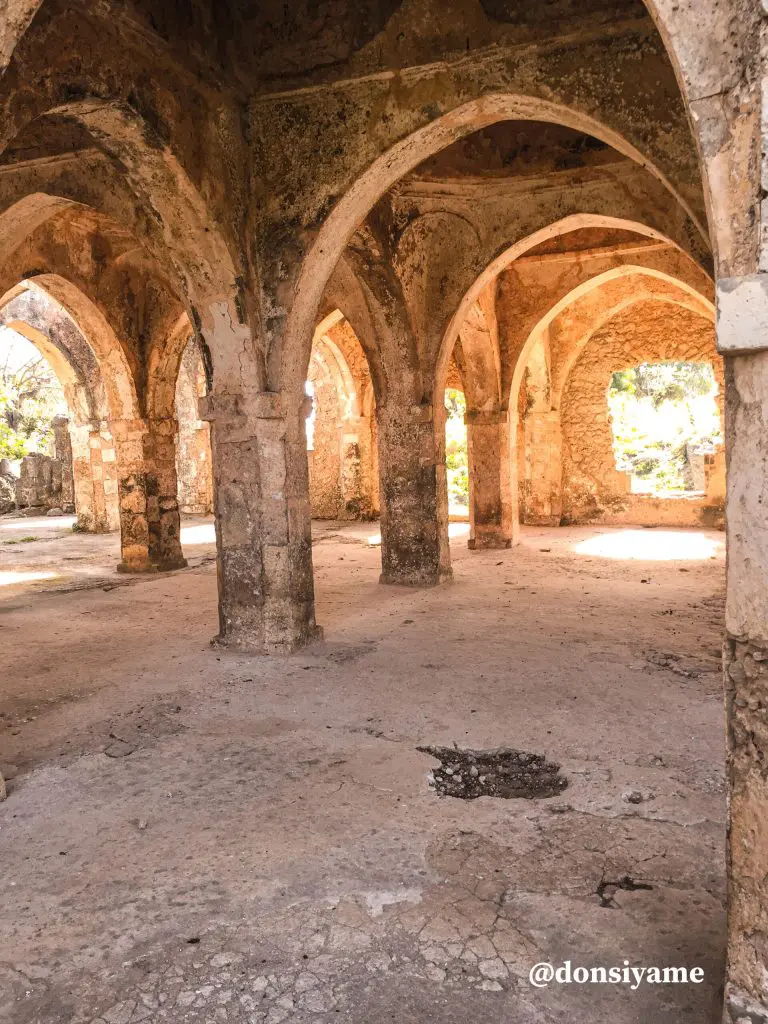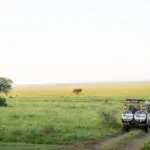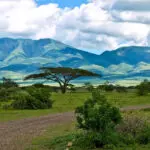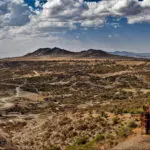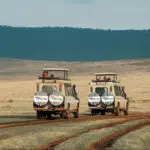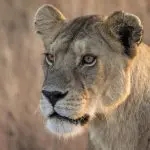The United Nations Educational, Scientific and Cultural Organization (UNESCO) has identified and preserved thousands of culturally significant sites worldwide. From historical buildings to natural marvels, each heritage site is spectacular in its own right.
Many UNESCO sites are staples to world travelers, like the Great Wall of China or the Grand Canyon in the United States. Tanzania has its own gorgeous UNESCO sites, many of which are included in Pristine Trails’ African Safaris in Tanzania and Kilimanjaro Trekking Tours. Continue reading to learn all about Tanzania’s UNESCO sites. If you need help planning your own Tanzania adventure, don’t hesitate to get in touch.
MOUNT KILIMANJARO is the highest peak in Africa, towering at 5,895 meters (19,334 feet) above sea level. Its snow-capped summit stands out prominently over the surrounding savannah. The mountain is uniquely isolated amid the plains and is recognized as the largest free-standing volcano in the world. It is surrounded by a rich rainforest that hosts a variety of species, including some that are endangered. This combination of height, distinct shape, and snow-covered peak makes Kilimanjaro a remarkable natural wonder worth exploring. Every year, around 30,000 people attempt to reach its summit. Would you like to join them?
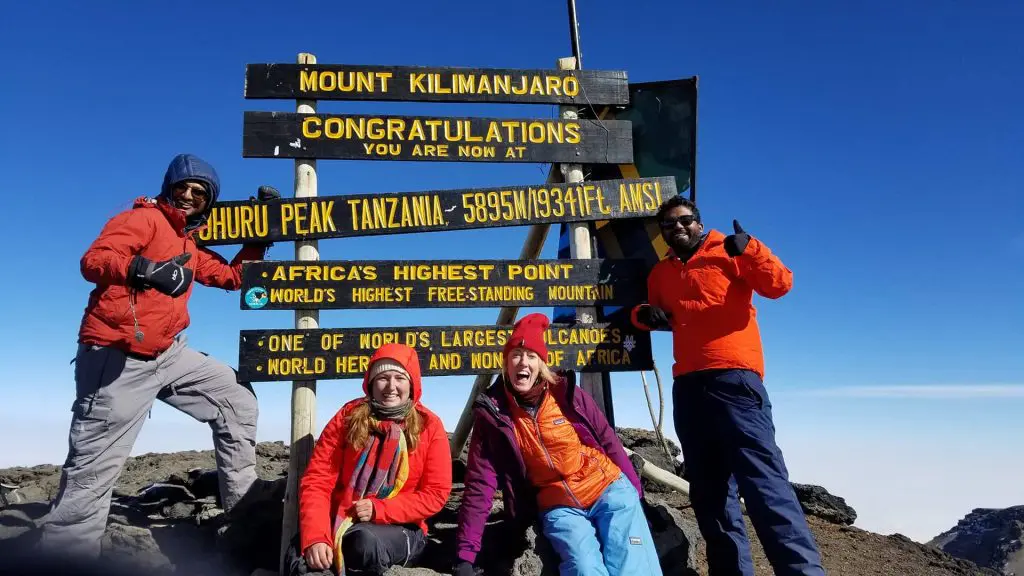
THE NGORONGORO CONSERVATION AREA encompasses vast expanses of highland plains, forests, savanna, and savanna woodlands. Established in 1959, it is a multiple land-use area that allows for conservation efforts alongside the traditional livestock grazing practices of semi-nomadic Maasai pastoralists. The area is home to Ngorongoro Crater, the world’s largest caldera, which plays a significant role in biodiversity conservation due to its population of globally threatened species, such as the black rhino. Additionally, the region boasts a high density of wildlife and hosts the annual migration of wildebeest and other ungulates in the northern plains bordering the Serengeti. Extensive archaeological research conducted in the area has also uncovered evidence of human evolution, including human footprints that are estimated to be 3.6 million years old.
Find out more by reading our Ngorongoro Conservation Area and Crater Guide.
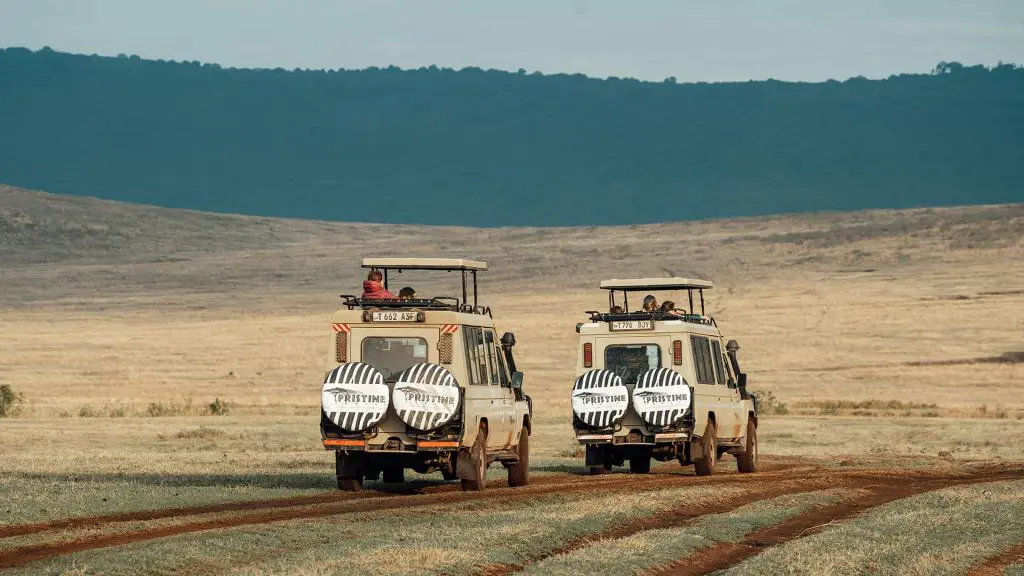
SERENGETI NATIONAL PARK is located at the heart of the larger Serengeti ecosystem. It is home to the world’s largest unaltered mammal migration, where 2 million wildebeest, along with hundreds of thousands of other ungulates, embark on a 1,000-kilometer circular trek. This spectacular phenomenon unfolds in a setting of endless plains—vast, treeless expanses of flat grasslands interspersed with rocky outcrops, rivers, and woodlands. The park hosts the world’s largest and most diverse predator-prey interactions, making it a visually stunning experience and a must-see for safari enthusiasts.
STONE TOWN OF ZANZIBAR is the quintessential Swahili trading town of East Africa. A historic living town retaining its urban fabric and its townscape virtually intact, it contains many fine buildings that reflect its particular culture, which has brought together and homogenized different elements of cultures of Arabia, Europe, India, and Africa. Major buildings here date back to the 18th and 19th centuries and include monuments like the Old Fort, the House of Wonder (a large ceremonial palace built by Sultan Barghash), Christ Church Anglican Cathedral built on the site of the last slave market on the island, Royal Cemetery, Hamamni, and Persian Baths. Did you know that Stone Town once served as the capital city of the country of Oman (yes, Oman, a tiny country on the Arabian Peninsula) back in 1840?
Travel to Zanzibar with Pristine Trails by using our Exclusive Add-Ons to Your Tanzania Trip.
SELOUS GAME RESERVE is the largest protected area in Africa, covering 50,000 km². The park has a variety of vegetation zones, such as the wooded grasslands flooded by the Rufiji River to the north and the dominant Miombo woodlands. The park boasts undisturbed biological and ecological processes, including a diverse range of wildlife and impressive predator-prey relationships. Among these are wild hunting dogs, elephants, black rhinos, sable antelope, Nile crocodiles, and greater kudu, to name a few. Because of the high density and diversity of species, Selous is a natural habitat of outstanding importance for the conservation of biodiversity.
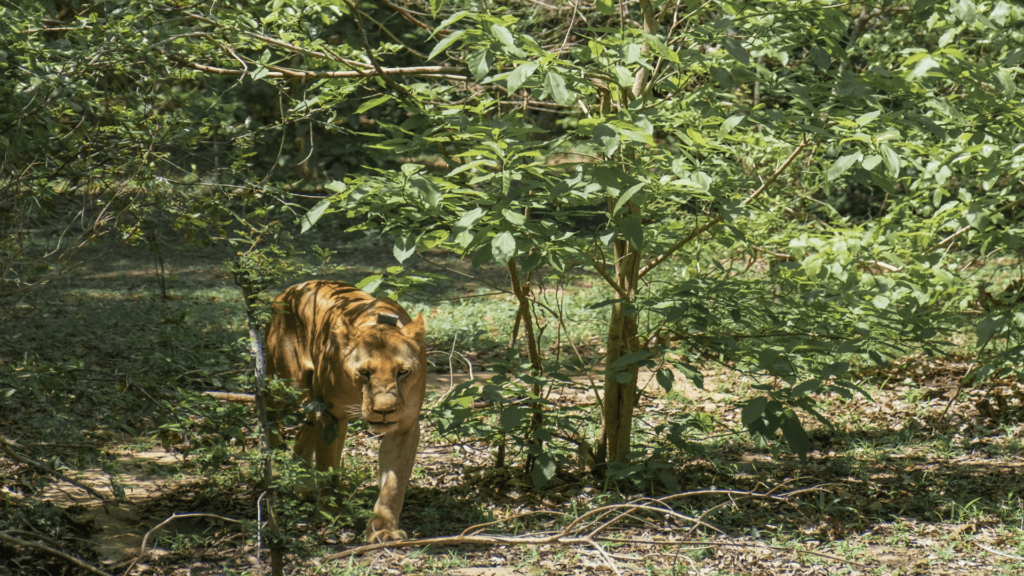
KONDO ROCK ARTS is located on the Eastern Slope of the Maasai Steppe bordering the Great Rift Valley. These are natural rock shelters, overhanging slabs of sedimentary rocks fragmented by rift faults, whose vertical plains have been used for rock painting for at least two millennia.
The spectacular collection of images has high artistic value and depicts sequences that provide unique testimony to a changing socioeconomic base of the area. Some of the shelters are considered to have ritual associations with people living nearby.
RUINS OF KILWA KISIWANI AND SONGO MNARA are two islands located off the coast of Tanzania just South of Dar es Salaam city. At their peak from the 13th to the 16th century, they were two great trading ports where merchants of Kilwa dealt in gold, silver, pearls, and ivory, Chinese porcelain, to name a few. The sites bare exceptional testimony to the expansion of Swahili culture, Islamization of East Africa, and the prosperous Indian Ocean trade from the medieval period to the modern era.
See the Wonders of Tanzania with Pristine Trails
We hope this blog has provided you with plenty of inspiration for your future travels. Be sure to explore our Tanzania Safaris and Kilimanjaro Tours before you go.
